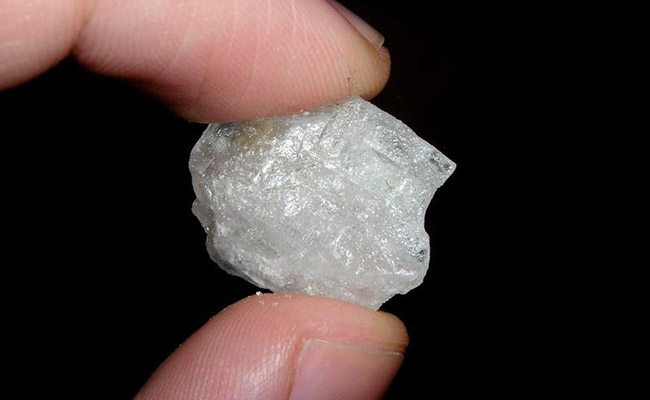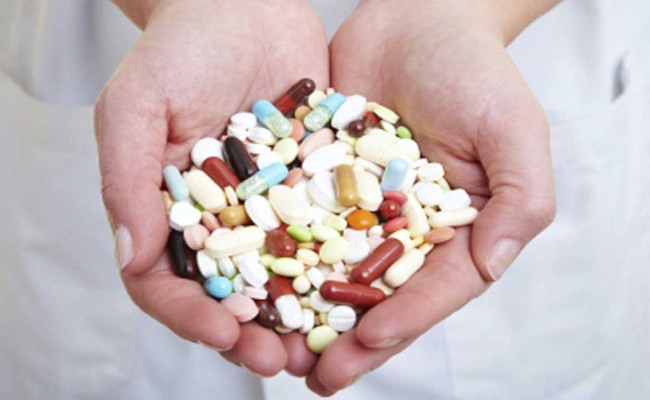The level of Ice use in Australia has grown to levels of extreme concern and there is little evidence that things will get better any time soon.
It is no exaggeration to state that the drug “Ice” in Australia is affecting whole communities and is being used by a wide range of people. Students attending “pharm” parties, city business workers and long-distance truck drivers all dabble. The problem with Ice is that most of those who try it do not realise just how addictive it is.
What is Ice?
Commonly known as Crystal Meth, Ice is the crystallised form of Methamphetamine. It is also the purest and strongest form of the drug. Ice is a synthetic (man-made) drug that is fairly easy to produce. This is evidenced by the number of makeshift laboratories that are regularly discovered by authorities.
How is it used?
Ice can be snorted, swallowed or injected, but the most common method of use is to smoke it using a glass pipe. Whichever way Ice is taken it needs to be understood that this drug is wickedly addictive.
What’s the attraction?
Ice is a stimulant drug and as such it increases dopamine levels in the brain. This increase produces an instant, euphoric rush, leaves a user brimming with confidence and energy and offers huge increases of confidence.
So, what’s the problem?
Ice Use In Australia – The “high” received is intense but short-lived. This means the users need more on a very regular basis. Once an Ice binge begins it is not uncommon for it to last 3 days. Users are chasing the initial euphoric buzz received and while it is true that each subsequent blast will give effects, these effects are not as intense as first use.
The obvious solution to this is to take a little more each time. Because of its “moreish” nature once an Ice session begins it will only end when supplies and money runs out or the users crash-out through sheer exhaustion.
Addiction develops quickly:
Make no mistake, once a person begins to use Ice that use will rapidly increase. This is in terms of regularity as well as the amount taken. The result of this is a dependence upon the drug which means that the user cannot do without it.
CLICK HERE to get a Free confidential assessment or call.














